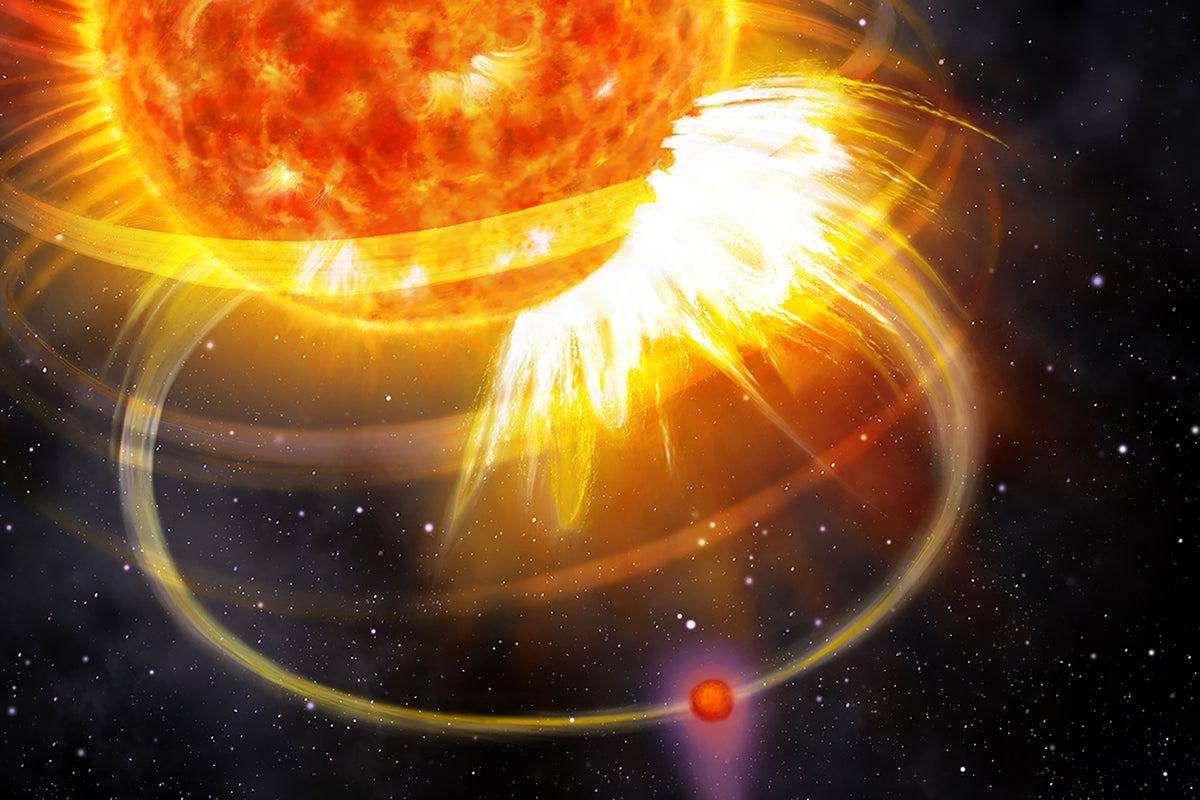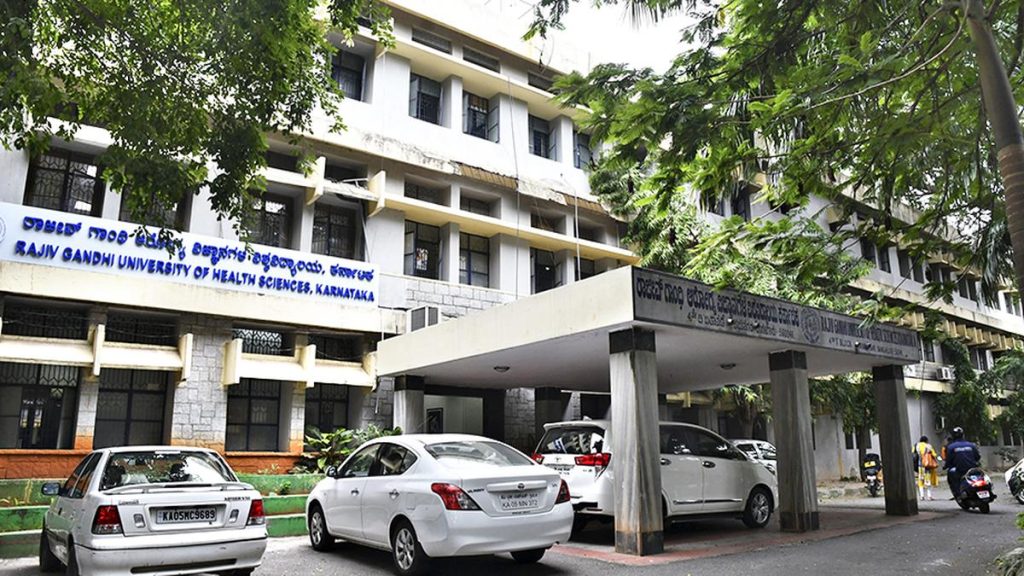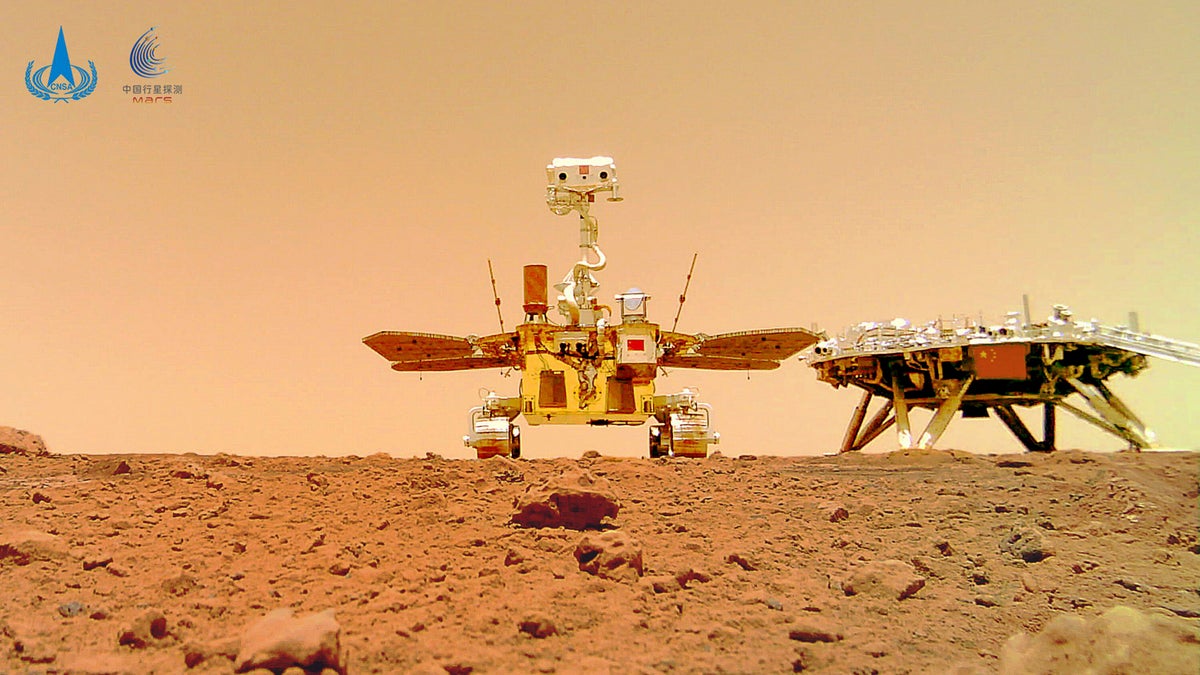Now Reading: Astronomers Discover Planet on a Path to Self-Destruction
-
01
Astronomers Discover Planet on a Path to Self-Destruction
Astronomers Discover Planet on a Path to Self-Destruction

Quick Summary
- Finding: Astronomers have identified a Jupiter-sized gas giant planet, HIP 67522 b, that triggers massive flares on its host star, HIP 67522, located 408 light-years away in the Scorpius-Centaurus star cluster.
- planet-Star Interaction: the close orbit of HIP 67522 b perturbs the star’s magnetic field lines. This interaction sends waves of energy toward the star’s surface and causes flares that are thousands of times more energetic than those produced by our sun.
- Planetary Consequences: The high-energy radiation from these flares blasts away part of HIP 67522 b’s atmosphere. Scientists estimate this process will reduce the planet from a Jupiter-sized world to a Neptune-sized one within approximately 100 million years.
- Research Methods: Observations were conducted using NASA’s TESS (transiting Exoplanet Survey Satellite) and ESA’s CHEOPS (Characterizing Exoplanet Satellite),revealing synchronization between flare activity and HIP 67522 b’s orbital cycle.
- Scientific Importance: This is the first recorded instance where a planet has been shown to trigger stellar flares; this phenomenon may eventually serve as an indirect method for detecting planets.
Images from Article:
!flaresblastawayexoplanets_atmosphere.jpg?m=1751467068.435&w=900″>Flares affecting atmosphere
Credit: Janine Fohlmeister/Leibniz Institute for Astrophysics Potsdam
Indian Opinion Analysis
This groundbreaking study uncovers an entirely new planetary behavior-one where planets actively disrupt their stars and face self-destruction in the process. for India, home to robust space exploration programs such as ISRO and increasing participation in global astronomy initiatives, these findings hold strategic significance.
The discovery signals progress in exoplanetary science by introducing potential methods like flare-trigger analysis for future exoplanet detection-a technique Indian researchers might adopt or enhance during planned missions like the Aditya L1 solar study or future space telescopes dedicated to exoplanet research.
Moreover, understanding planetary systems with destructive dynamics could inform broader astrophysical theories about planetary lifetimes and habitability conditions over millennia-a field India is keen on growing given its ambitions in science diplomacy and collaborative international space missions.
This research underscores how interdisciplinary efforts-such as integrating ground-based observatories with satellite data-can yield revolutionary insights into distant worlds. It highlights potential paths forward for India’s scientific community eager to contribute meaningfully to global astrophysical discoveries while simultaneously strengthening academic collaborations worldwide through data sharing partnerships.
























